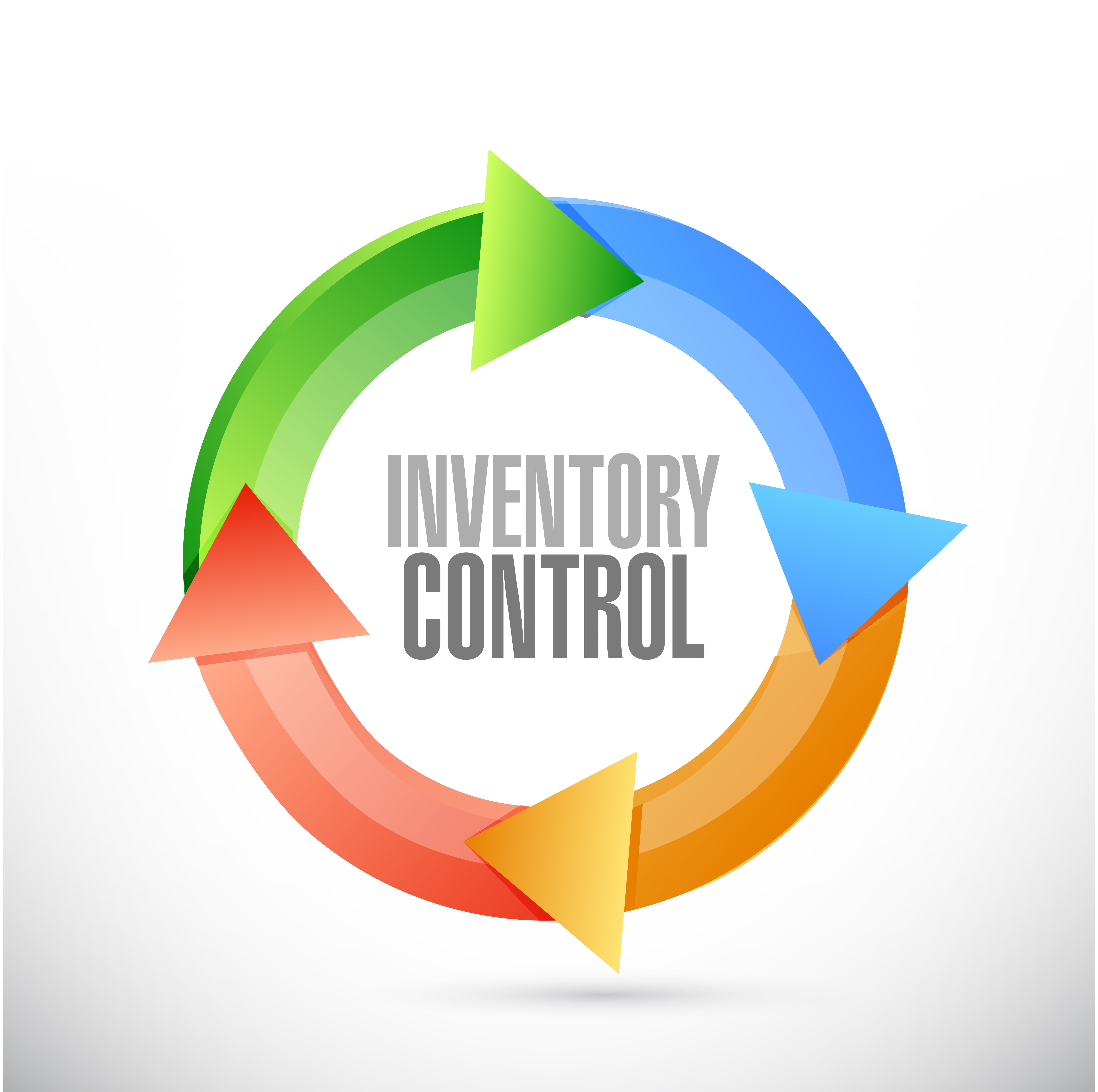How ERP Solves Wholesale Distribution Inventory Challenges
Wholesale distributors that invest in an ERP solution to efficiently manage inventory levels are more equipped to meet customer demands with optimal inventory levels. If your warehouse is not set up properly or if you are running on a legacy Wholesale Distribution system, here are some of the challenges that a good ERP system helps solve. Making an investment in ERP helps avoid the undue costs of wasted time, too much inventory and worst of all lost customers.
6 ERP Benefits for Managing Wholesale Distributor's Inventory
- The elimination of excess and dead stock
- Balancing carrying cost against order fill rates
- Streamlining warehouse operations
- Reducing shrink and waste
- Better communication within internal employees and customers
- The accurate “real time” location of your inventory
Microsoft Dynamics NAV Distribution Software can help manage your inventory more effectively through robust Supply Chain Management (SCM) functionality.
12 ERP Benefits for Better Inventory Control:
- Inventory Management: Set up items that you carry in your stock and specify their unit of measures, costing method, inventory posting group, unit cost and price and other properties. Post item transactions, such as sales, purchase, negative and positive adjustments from item journals. Quantity and cost records of the posted transactions are stored in the inventory ledger that is the basis for inventory valuation and other costing calculations. Integrated with General Ledger and with the posting processes in Sales and Receivables and Purchase and Payables, this granule is required for the configuration of all other Inventory granules.
- Bin Management: Organize your warehouse by assigning items to bins, the smallest unit in the warehouse logical structure. Bin assignment is done as the item journals or directly on the document lines (does not apply to order lines).
- Item Budgets: Make sales and purchase budgets on the customer, vendor, and item levels, and in both amounts and quantities. Prepare and record a sales budget that can serve as input to decision makers in other operational areas, such as purchasing and logistics. Decision-makers gain information about future expected demand they can use for business discussions with the customers. After budgets are made, track the actual sales performance by means of calculating the variance. The ability to move budgeted figures between the system and Excel provides additional flexibility to the budgeting process.
- Item Charges: Manage item charges. Include the value of additional cost components such as freight or insurance into the unit cost or unit price of an item.
- Item Cross References: Quickly and precisely identify the items a customer is ordering on the basis of item numbers other than your own. Cross-reference information from customers, vendors, and manufacturers, as well as generic numbers, universal product codes (UPCs), and European article numbers (EANs) that can be stored and easily accessed.
- Item Substitutions: Link items with the same or similar characteristics so that if a customer orders an item that is unavailable, you can offer substitute items and avoid losing the sale. Or, provide an extra service to your customer by offering lower-cost alternatives.
Item Tracking: Manage and track serial and lot numbers. Assign serial or lot numbers manually or automatically, and receive and ship multiple quantities with serial/lot numbers from a single order line entry.
- Kitting/Assembly Management: Specify a list of sellable items, raw materials, sub-assemblies and/or resources as Assembly Bill of Materials that comprises a finished item or a kit. Use assembly orders to replenish assembly items to stock or capture the customer’s special requirements to the kit’s bill of materials directly from the sales quote, blanket and order line in the assembly-to-order processes.
- Location Transfers: Track inventory as it is moved from one location to another and account for the value of inventory in transit and at various locations.
- Multiple Locations: Manage inventory in multiple locations that may represent a production plant, distribution centers, warehouses, show rooms, retail outlets and service cars.
- Non Stock Items: Offer items to customers that are not part of your regular inventory but that you can order from the vendor or manufacturer on a one-off basis. Such items are registered as non-stock items but otherwise are treated like any other item.
Picking: Enable warehouse workers to create a pick from the released order. Pick is managed from a separate user interface when shipping items in an order-by-order environment.
- Stock-Keeping Units: Manage stock-keeping units (SKUs). Identical items with the same item number can be stored in different locations and managed individually at each location. Add cost prices, replenishment, manufacturing information, and so on, based on the location.
RoleTailored User Interface: Unique to Microsoft is a fully customizable user interface with pre-determined employee “Roles” to help people access business details, tasks and information that is most relevant to their job such as Accounting Manager, Sales Manager, President, Shipping and Receiving, ect.
- Business Intelligence: Real Time, Up-To-Date data is Microsoft Dynamics is a key feature to provide employees business insight through the tools users already have on their desktop. Flexible and comprehensive reporting tools, simple business intelligence capabilities and a Microsoft SQL platform for data access provide the right fit for the needs of small and mid-sized wholesale distribution companies.
About iCepts Technology Group, Inc. Middletown, PA
We are a Microsoft Dynamics NAV Partner offering implementation, service, and support for Microsoft Dynamics NAV in: PA, DC, DE, MD, NC, NJ, NY, OH, VA, WV, and the entire Mid-Atlantic Region. We also offer implementation, service, and support for Accellos One Warehouse Management Systems in: PA, DC, DE, MD, NC, NJ, NY, OH, VA, WV, and the entire Mid-Atlantic Region.
As experienced SCM, WMS and ERP consultants and value added resellers (VARs), we provide start to finish services for the solutions we represent Microsoft Dynamics NAV for Distribution and Manufacturing, Accellos Warehouse Management System (WMS), Server virtualization, open source VOIP phone systems and infrastructure and security. We provide services that cover process analysis, implementation, training, security and networking. Naturally, we also provide full ongoing support for years after implementation to help our clients succeed. We are your one stop shop for your business technology needs.
Phone 717.704.1000
Email info@icepts.com
By Greg Miles - iCepts
Another version of this article was posted on iCepts Blog on July 1, 2016 by Greg Miles - Wholesale Distribution Inventory Challenges Solved with ERP


